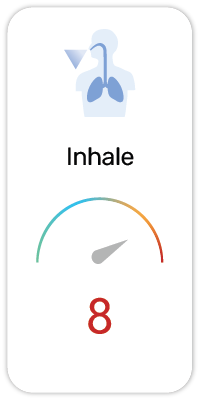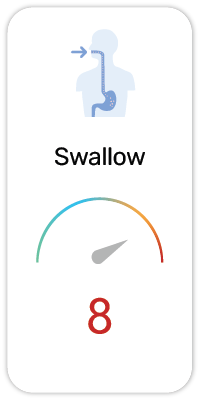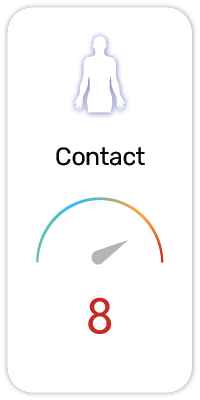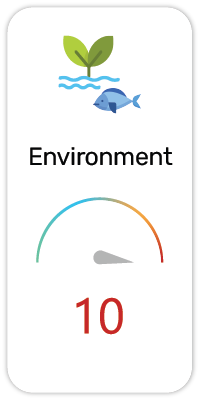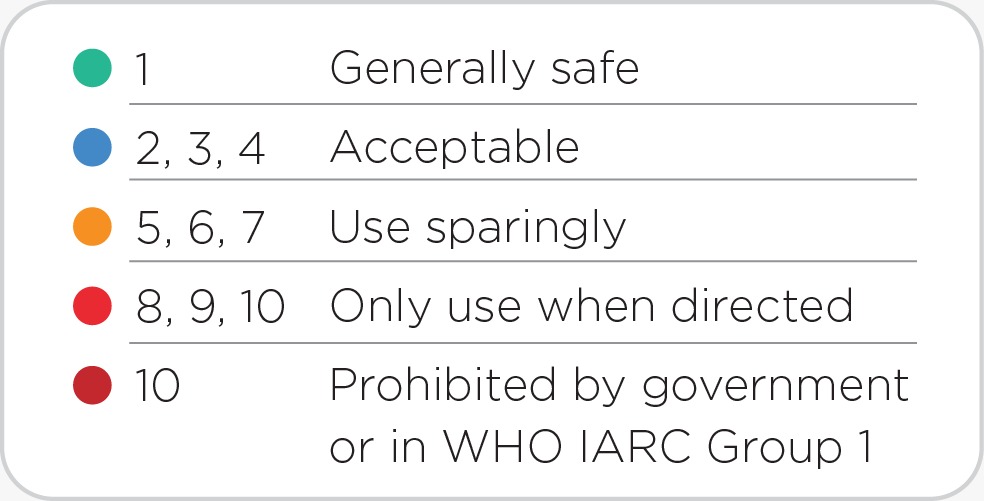Benzophenone-3; Oxybenzone(in 3,078 products) Banned by Gov or classified as a carcinogen by IARC
Banned by Gov or classified as a carcinogen by IARC
Banned by Gov or classified as a carcinogen by IARC
Potential Risk Index®:
About:
Functions:
1. Fragrance / Fragrance Component - Provides or enhances a particular smell or odor.
2. Sunscreen - Physical sunscreens work by deflecting or scattering UV rays. Chemical sunscreens work by absorbing and dissipating the UV rays as heat.
Oxybenzone is a benzophenone derivative used as a chemical sunscreen agent. Chemical sunscreens typically work by absorbing the UV rays from the sun and then dissipating it as heat. Oxybenzone absorbs UVB and UVA II rays, resulting in a photochemical excitation and absorption of energy. Upon return to ground state, the absorbed energy results in emission of longer wavelength radiation and decreased skin penetration of radiation which reduces the risk of DNA damage. [1]
Recent Findings:
Oxybenzone shows minimal skin absorption so it has to be continuously applied. It is better to use physical sunscreens which block out a wider range of the UV spectrum. Another side-effect seen is that it has the possibility to cause photoallergic contact dermatitis. [2][3][4]
Oxybenzone has been shown to have a detrimental effect on the environment ranging from coral bleaching to an adverse affect in fish reproduction.
Banned in 2018 for commercial use as it is found to be a serious water contaminant to coral reefs under Hawaii Senate Bill 2571. "The chemicals [Oxybenzone and Octinoxate] also induce deformities in the embryonic development of fish, sea urchins, coral, and shrimp and induce neurological behavioral changes in fish that threaten the continuity of fish populations". The ban will come into effect on Jan 1st 2021.
Scientific References:
1. PubChem: https://pubchem.ncbi.nlm.nih.gov/compound/4632
2. Dermatological and environmental toxicological impact of the sunscreen ingredient oxybenzone/benzophenone-3. (J Cosmet Dermatol. 2018 Feb;17(1):15-19. doi: 10.1111/jocd.12449. Epub 2017 Oct 31.)
3. Photoallergic Contact Dermatitis to Sunscreens Containing Oxybenzone in La Plata, Argentina. (Actas Dermosifiliogr. 2018 Apr 11. pii: S0001-7310(18)30091-7. doi: 10.1016/j.ad.2018.02.011.)
4. Percutaneous absorption of the sunscreen benzophenone-3 after repeated whole-body applications, with and without ultraviolet irradiation (Br. J. Dermatol. 2006 154, p337-340 doi: 10.1111/j.1365-2133.2005.07007.x)
5. Oxybenzone Alters Mammary Gland Morphology in Mice Exposed During Pregnancy and Lactation. (Journal of the Endocrine Society, 2(8), 903–921. doi:10.1210/js.2018-00024)
Regulatory References:
1. South Korea - Ministry of Food and Drug Safety - Prohibited/Restricted Chemicals
- Ref: 185
2. Hawaii Senate Bill 2571 https://www.capitol.hawaii.gov/session2018/bills/SB2571_.HTM - Oxybenzone
3. Palau Sunscreen Ban (Senate Bill No. 10-135, SD1, HD1), https://www.icriforum.org/the-republic-of-palau-bans-sunscreen-chemicals-to-protect-its-coral-reefs-and-unesco-world-heritage-site/ - Oxybenzone (benzophenone-3)
5. EU CosIng Annex VI, LIST OF UV FILTERS ALLOWED IN COSMETIC PRODUCTS [2017]
- Ref: VI/4
6. Association of Southeast Asian Nations Annex VII, Allowed UV Filters
- Oxybenzone (INN)
7. International Fragrance Association Transparency List [2015]
Safety and Hazards (UN GHS):
1. Causes skin irritation (H315)
2. May cause an allergic skin reaction (H317)
3. Causes serious eye irritation (H319)
4. May cause respiratory irritation (H335)
5. Very toxic to aquatic life (H400)
6. Very toxic to aquatic life with long lasting effects (H410)
7. Toxic to aquatic life with long lasting effects (H411)
Potential Health Concerns For:
1. Birth Weight (PubMed ID:18709157)
2. Prenatal Exposure Delayed Effects (PubMed ID:21900077)
3. Weight Loss (PubMed ID:30316929)
User Comments:
Submit


